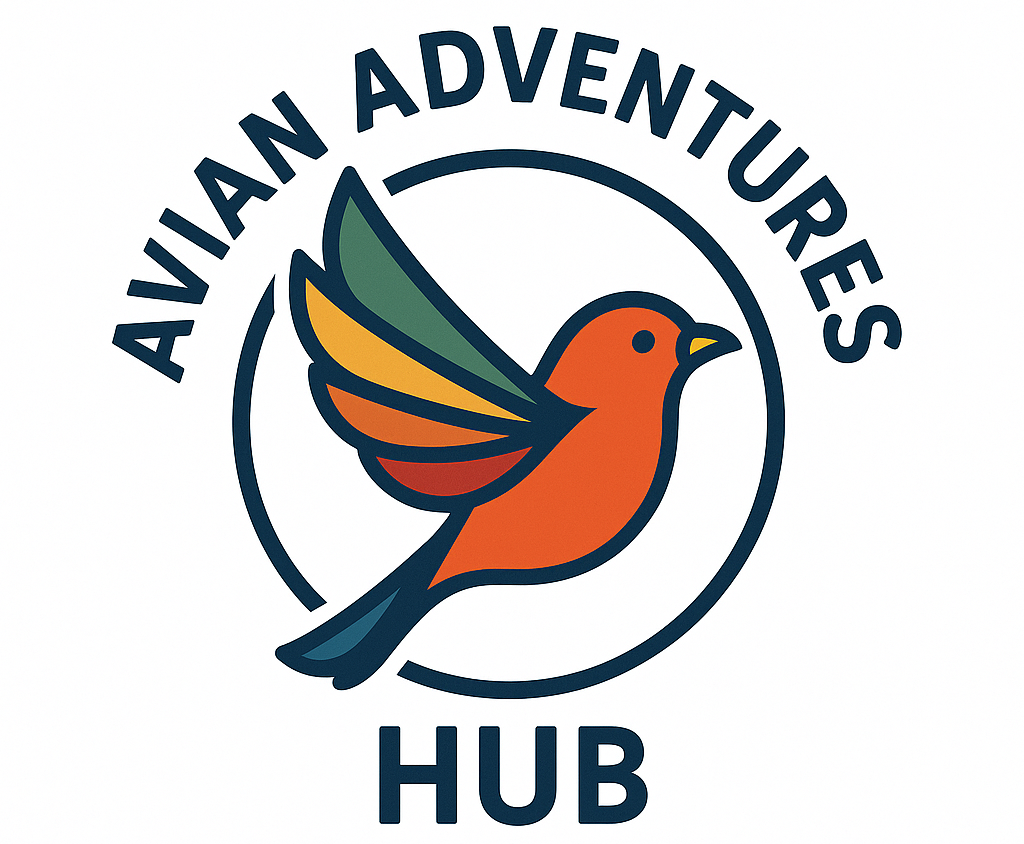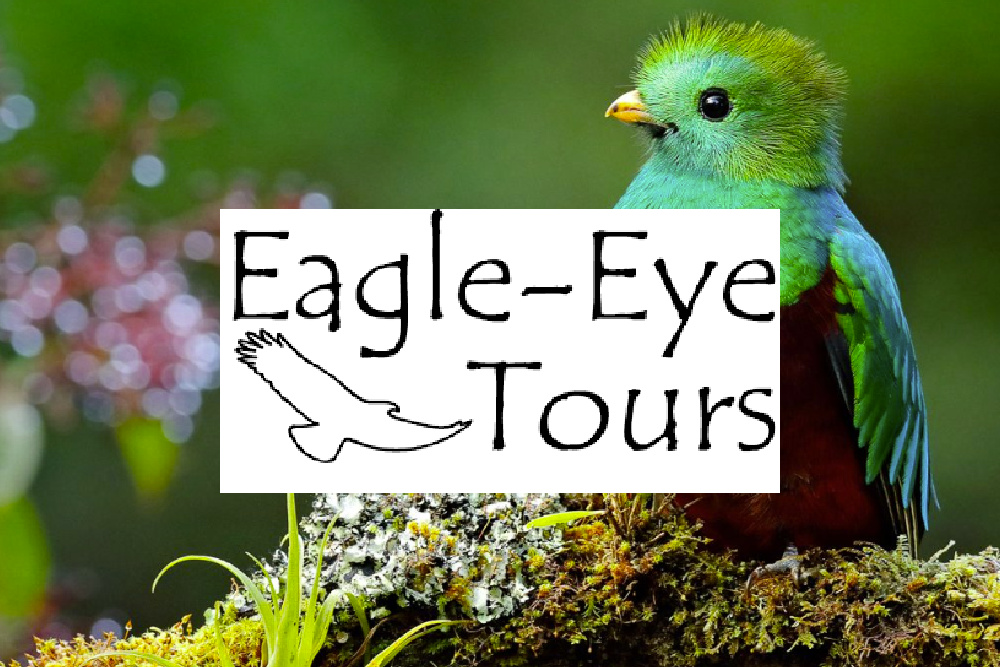Maryland and West Virginia
Click link below to learn more:
Length of trip
Description
General Robert E. Lee made two forays north into Union territory, the first in September 1862 and the other in late June of the following year. Lee had multiple reasons for both invasions, but a primary goal was to relieve pressure on the beleaguered South, especially in the West. By the spring of 1863, this was along the Mississippi River at Vicksburg. He hoped that significant victories might force the North to give the South its independence, or more realistically cause other countries, particularly France, and Great Britain to officially recognize them. The resulting battles were both tactical defeats for Lee. The first, at Antietam, Maryland, resulted in the highest number of casualties on any day of the entire war. Less than a year later, the three-day battle at Gettysburg, Pennsylvania, was the costliest of the war, the “highwater mark of the Confederacy.” The South would never again be able to mount a sustained offensive, and its eventual defeat nearly two years later was ordained here at Gettysburg.
Our tour takes us to both of these famous battlefields and to Harpers Ferry, where John Brown’s famous October 1859 raid was soundly repulsed by US forces—under Robert E. Lee, and where Stonewall Jackson’s victory and the surrender of 12,500 Union troops in September 1862 (part of the Antietam campaign) was the greatest federal disaster until January of 1942 when a larger force surrendered at Bataan, the Philippines.
We’ll spend some time birding around Frederick, Maryland, and around Gettysburg, but the bulk of our birding will be in West Virginia, from around Harpers Ferry, the lowest point in West Virginia, to the high Appalachians and the dramatic New River Gorge east of Charleston. In the Appalachians, bird and song activity should still be high, and wildflowers will be at their peak. In the course of the tour we can anticipate seeing 25 or more species of wood warblers, including Cerulean, Mourning, Louisiana and Northern Waterthrushes, and possibly Golden-winged and Swainson’s, as well as Yellow-billed and perhaps Black-billed Cuckoos, Acadian, Willow, Least, and Alder Flycatchers, and possibly Henslow’s Sparrow.
This tour is one in a series organized by Jon to explore the history and natural history of the sites associated with the American Civil War.

